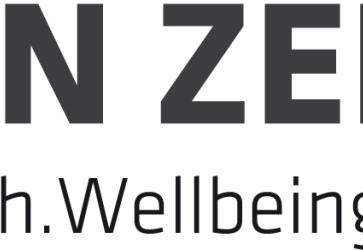

Over 200 speakers from over 40 countries, and 2000 participants representing international organizations, governments, social security organisations, employers and workers’ organizations, academia and occupational safety and health (OSH) professionals called for a global Vision Zero approach to reduce work-related accidents and diseases and promote safety, health and wellbeing. The Congress emphasised the need for investment in resilient OSH and social security systems to respond to the COVID-19 pandemic, build back better, prevent and prepare for future crises, and make work a positive human experience.
Organized by the International Labour Organization (ILO), the Institute for Work & Health (IWH), the Canadian Centre for Occupational Health and Safety (CCOHS) and the International Social Security Association (ISSA), the Congress started with a hopeful message for the future. Based on a Massachusetts Institute of Technology (MIT) work-study report in 2020, there are more jobs being created than being destroyed. In addition more than 60 per cent of jobs done in 2018 did not even exist in 1940. Nonetheless, the new jobs that are being created are mainly digital jobs, which consequently, have significant impact for the OSH profession:
“We must take into account the new forms of employability, and that we will continue to be working in a digital environment”, stated Professor Dr Joachim Breuer, President of the ISSA.
New occupational hazards that have arisen in the connected age, such as teleworking or the risks associated with new technologies, were at the forefront of the discussion, but longstanding occupational hazards were also addressed as people continue to die because of exposure to risks in sectors like construction, agriculture or manufacturing.
Vision Zero played a key role in reducing occupational accidents and diseases. According to ILO figures, over 2 million people die each year due to a work-related accidents and the number of cases of non-fatal occupational injuries increased from 340 million in 2010 to 360 million in 2016. It is time for a new global approach. Following the global trend of zero accidents and zero harm as an objective for every workplace, European Union (EU) Member states had recently agreed on including Vision Zero for fatal accidents into their new EU Strategic Framework on Health and Safety at Work 2021-2027.
Nicolas Schmit, EU Commissioner for Jobs and Social Rights explored this and stated that “we must commit to a 'Vision Zero' approach when it comes to work-related deaths in the EU. Being healthy at work is not only about our physical state, it is also about our mental health and well-being”.
In view of the COVID-19 pandemic, Guy Ryder, Director-General of the International Labour Office, emphasised the need for a Global Call to Action for a human-centred recovery that is inclusive, sustainable and resilient. He stated: “the future of work we want is a future with protection for all.”
The Global Forum for Work Injury Insurance, held during the Congress made it clear that social security has responded to the challenges of the pandemic to protect workers and businesses. Social security institutions did so in record time and with high quality services, including, rehabilitation, hygiene and prevention concepts, financial support, and so on. This was achieved while the staff were working remotely from home. It showed again that social security is there for the people.
Accident insurance systems provide a safety net for every employee and help facilitate the return to employment after the accident has happened. Social security is the backbone of society in times of crisis. Together we can build a more inclusive and sustainable future of work.
FURTHER READING
VIEW ALL NEWS






